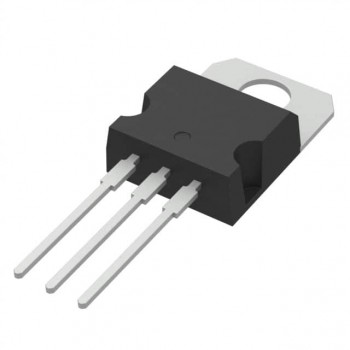Introduction:
IGBT (Insulated Gate Bipolar Transistor) is a widely used power electronic device that combines the advantages of both MOSFETs (Metal-Oxide-Semiconductor Field-Effect Transistors) and bipolar transistors. This article aims to provide an analysis of the advantages and disadvantages of IGBT transistors, highlighting their key features and applications.

Advantages:
1. High Voltage and Current Handling Capacity: IGBTs can handle high voltage and current levels, making them suitable for various power electronics applications, such as motor drives, renewable energy systems, and industrial power supplies.
2. Low Saturation Voltage: IGBTs have a low saturation voltage, which means they have a low voltage drop across the device when conducting current. This results in reduced power losses and improved efficiency in power conversion applications.
3. Fast Switching Speed: IGBTs offer fast switching speeds, allowing for efficient control of power flow and enabling high-frequency operation. This makes them suitable for applications that require high-speed switching, such as motor control and frequency converters.
4. High Input Impedance: IGBTs have a high input impedance, which means they require low driving power and can be easily controlled by microcontrollers or digital signal processors. This simplifies the design of control circuits and reduces the overall system complexity.
5. Robustness and Reliability: IGBTs are known for their robustness and reliability, with the ability to withstand high voltage and current stress. They have a high short-circuit withstand capability, making them suitable for demanding applications that require high levels of ruggedness and durability.
Disadvantages:
1. Switching Losses: IGBTs have relatively higher switching losses compared to other power electronic devices, such as MOSFETs. This can result in increased power dissipation and reduced efficiency, especially in high-frequency switching applications.
2. Gate Drive Requirements: IGBTs require a high gate drive voltage and current for proper operation. This can complicate the design of gate drive circuits and require additional components, such as gate driver ICs, to ensure proper switching performance.
3. Temperature Sensitivity: IGBTs are sensitive to temperature variations, and their performance can be affected by excessive heat. Adequate thermal management is essential to ensure reliable operation and prevent thermal runaway.
4. Cost: IGBTs tend to be more expensive compared to other power electronic devices, such as MOSFETs. This can impact the overall cost of the system, especially in high-power applications that require multiple IGBTs.
Conclusion:
IGBT transistors offer numerous advantages, including high voltage and current handling capacity, low saturation voltage, fast switching speed, high input impedance, and robustness. However, they also have some drawbacks, such as switching losses, gate drive requirements, temperature sensitivity, and cost. Understanding these advantages and disadvantages is crucial for selecting the appropriate power electronic device for a given application, considering factors such as power requirements, switching frequency, cost constraints, and system reliability.

